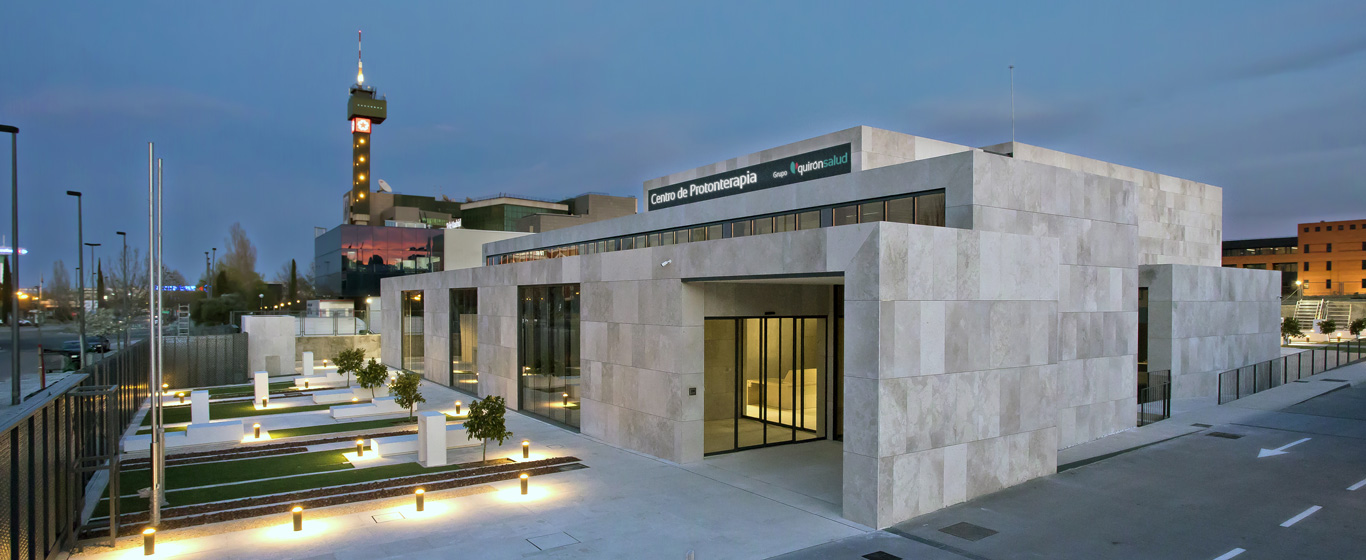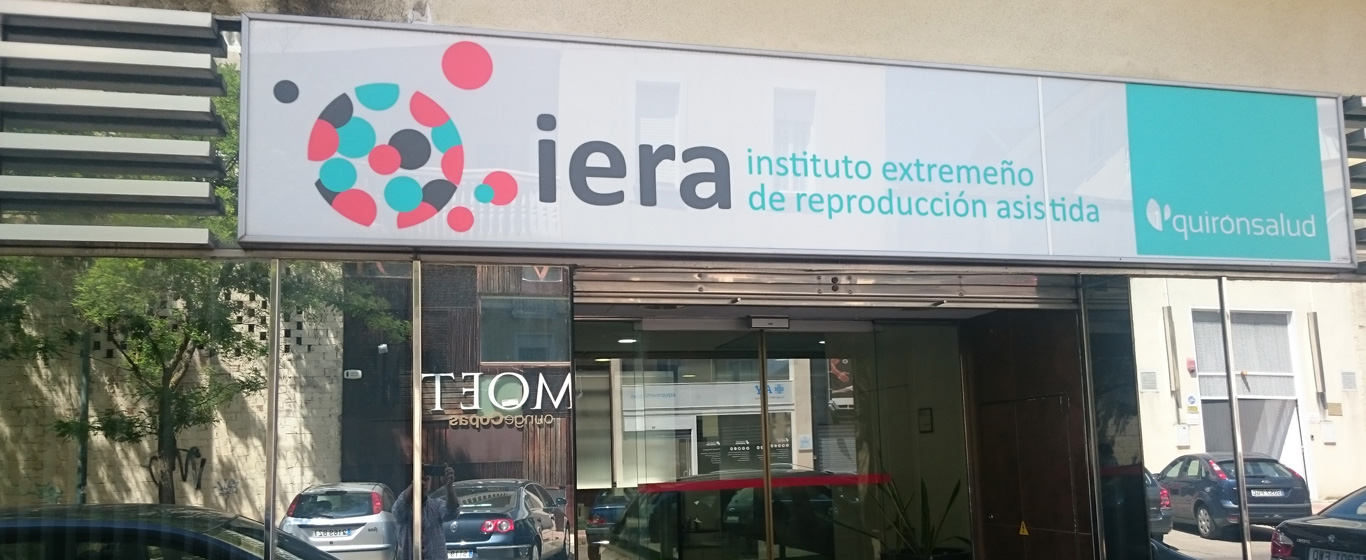Testicular Biopsy
A testicular biopsy is a diagnostic procedure in which a sample of tissue is extracted from inside the testicle for microscopic analysis. The extraction is performed either by needle aspiration or by surgical resection.

General Description
A testicular biopsy is a diagnostic procedure that involves the removal of one or more tissue samples from one or both testicles for subsequent microscopic examination.
There are two distinct techniques for performing a testicular biopsy:
- Open testicular biopsy: This method is used when a larger tissue sample is required.
- Percutaneous testicular biopsy or testicular aspiration: A less invasive procedure that extracts smaller tissue samples. In many cases, it serves as a preliminary step before an open biopsy.
When is it indicated?
The primary objective of a testicular biopsy is to identify the cause of male infertility, as it provides detailed information about the testicle’s ability to produce sperm. Thus, it helps determine the underlying cause of the following conditions:
- Obstructive azoospermia: The seminal ducts are blocked, preventing semen from exiting the body.
- Secretory azoospermia: Sperm production is absent, or the sperm do not complete their maturation process.
Additionally, an open testicular biopsy is used for sperm retrieval in assisted reproduction techniques such as in vitro fertilization (IVF). Furthermore, the obtained sample can also be used for chromosomal and genetic analysis of the sperm.
Therefore, a testicular biopsy is typically indicated in the following cases:
- Patients with a low or absent sperm count in a semen analysis that is not caused by hormonal disorders.
- Patients with a prior vasectomy who wish to have children.
How is it performed?
An open testicular biopsy is performed by making a two- to three-centimeter incision in the scrotum to expose the testicle and extract small tissue samples. The samples are usually divided in the laboratory: one part is used for viable sperm retrieval (which, once obtained, are frozen in liquid nitrogen), and the other is used to diagnose the cause of infertility.
In a percutaneous biopsy, a fine needle is inserted into the testicle to aspirate tissue samples. This is the standard method when there is obstructive azoospermia or when a patient has undergone a vasectomy but is believed to still be producing sperm. It is a less invasive procedure but has the drawback of collecting less material, providing a less precise diagnosis, and causing more side effects.
Risks
Although rare and generally mild, a testicular biopsy is not without potential complications:
- Excessive bleeding.
- Cutaneous hematoma in the scrotum.
- Intratesticular hematoma: Presents with persistent pain but responds to common analgesics and resolves on its own within a few days.
- Infection at the incision site.
- Testicular swelling: Subsides with analgesics and anti-inflammatory medications.
What to expect from a testicular biopsy
An open biopsy is typically performed in an operating room, with the patient lying on their back on the examination table. A sedative is administered before the procedure. The skin where the incision will be made is sterilized, the surrounding area is covered with a sterile drape, and local anesthesia is injected (in some cases, general anesthesia may be required). During the incision and sample collection, the patient may feel pressure or a pinching sensation. The incision is then closed with stitches and covered with a dressing. The procedure lasts between 15 and 20 minutes. Once completed, the patient is transferred to the recovery room, where they rest for two to three hours until the sedation wears off.
For a needle biopsy, the area is also sterilized, and local anesthesia is administered before inserting the needle. This procedure is quicker and simpler. Since sedation is not used, there is no need for post-procedure observation.
Both are outpatient procedures that do not require hospitalization. Once at home, relative rest is recommended, and sexual activity should be avoided for the following days.
Specialties that request a testicular biopsy
A testicular biopsy is requested in urology and assisted reproduction consultations.
How to prepare
A testicular biopsy does not require specific preparation. The patient only needs to sign the consent form and inform the doctor if they are taking anticoagulant medications, which may need to be temporarily discontinued before the biopsy to reduce the risk of bleeding.











































































































